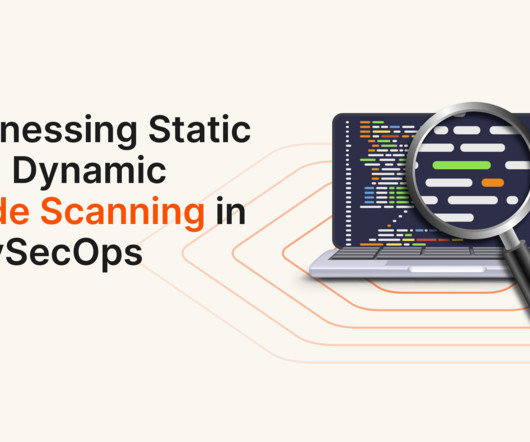Are BYOD Practices Putting Your Business at Risk?
NexusTek
JUNE 1, 2022
As BYOD creates distinct cyber security risks, it is important to understand the nature of those risks and how to contain them. Given these clear benefits, it’s easy to see why BYOD has caught on so widely; however, with these benefits come distinct cyber security risks. How Does BYOD Create Cyber Security Risks?












Let's personalize your content